If you come from a country with an extensive car culture (like me, American here), one of the biggest culture shocks for many visitors to Japan is the extensive public transportation system, especially in the Kanto area. The train system is indispensable for daily life in metro Tokyo, since people from all walks of life use it to go everywhere. It is arguably one of the most convenient and easiest systems to use in the entire world. In the rare instances that the trains are shut down, like in the case of a natural disaster or major accident on the rails, then that probably means your mobility will be severely reduced during your time in Kanto, since it is the main mode of transportation there.
However, if there are service disruptions, (extreme weather conditions or accidents are the most common culprits) the efficiency of the system usually is so high that downtime is often very limited and you also will have many alternative routes to get to your desired destinations. Depending on the particular location in Kanto (Tokyo, Kanagawa, Chiba, Saitama, Ibaraki, etc.) you will have some variations on the range of acceptable behavior and practices, but we will touch on three pretty universal things in this article regarding train etiquette.
If you are on a Kanto train, you should be like other passengers, who are usually discreet with their conversations, even when travelling with friends or close peers. As a rule, phone calls inside the carriage are prohibited, so in the case of an emergency phone call, get off at the next station and you should try not to be loud on the platform as well. Manner mode (silent or vibration mode) is the rule of thumb here, people! If you are under the influence of alcohol, quietly ponder life inside your own personal bubble. Try to keep your voice down since it is still a huge faux pas even after a night out on the town.
Keep your eyes open. Stay out of the way! If you are lost, don’t mindlessly wander in the walkways. You are advised not to walk on the escalator, but if you see the crowd moving, you should stand with your conversation partner on the left to leave room for those who choose to walk on the escalator. This is a city on the move, so try not to stop the flow… People in Kanto generally are all within their own bubble, but if you stick out from the crowd, you will find plenty of people willing to help you to the information kiosk or station gate.
No need to push or be a stick in the mud. When doors are opening, try not to linger too close to the exit if it isn’t your stop. If you want to take photos or video of the station or trains while on the platform or in the walkways, be considerate of others’ space. Also, avoid taking photos inside the carriage. If you see 500 people walking in the same direction on one side of the platform, try not to be that person parting the Red Sea! If you have a bunch of luggage try to use the elevator instead of the escalator if possible. There are still train stations that are not wheelchair friendly, so be mindful of where the elevators are and plan accordingly. That also goes for baby carriages or heavy rolling luggage!
If you can follow these three main points, then your train experience in the Kanto area should go smoothly and possibly even bring some unexpected rewards. Just remember that you are simply one of millions of passengers passing through one of the best transportation systems in the world, so just relax! Whether you want to go out and experience nightlife in Shibuya or Roppongi, or experience the tourist destinations like Ginza or Odaiba, the train system is an absolute necessary experience for any visitor to the Tokyo area to say they got the full experience of the city! Also, please be assured that many railway companies are working diligently to combat the spread of COVID-19, so that you can safely explore all that Kanto has to offer.





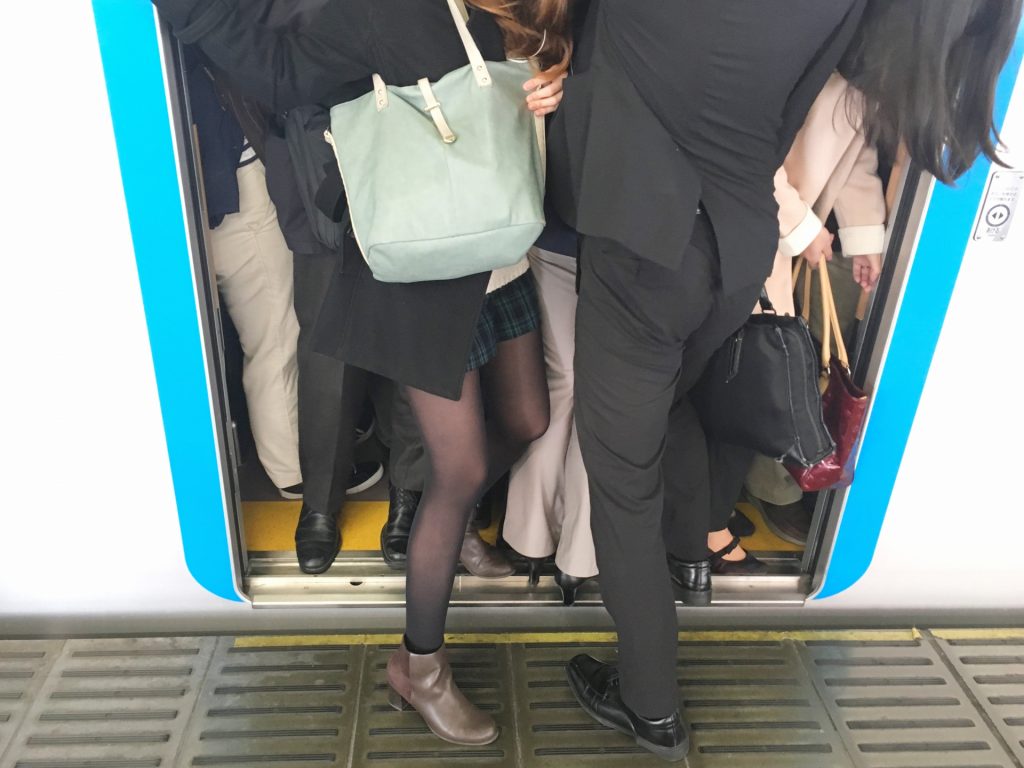


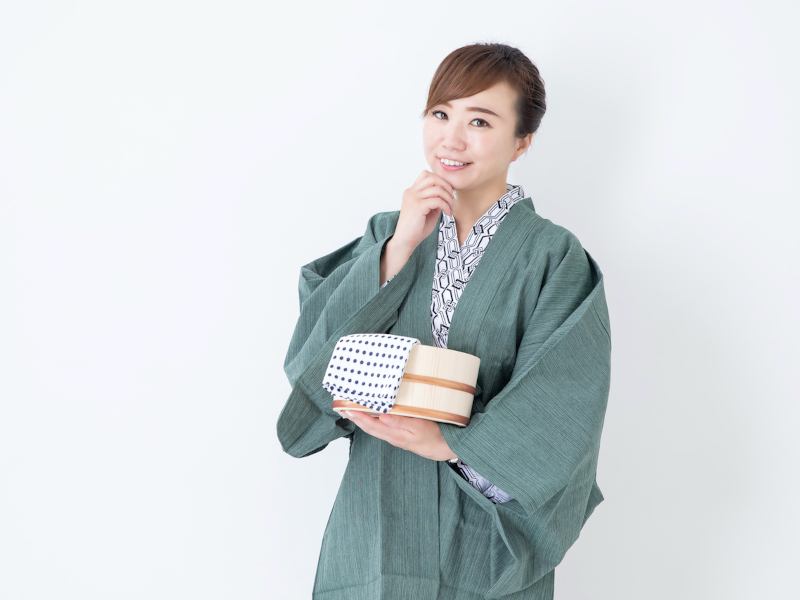
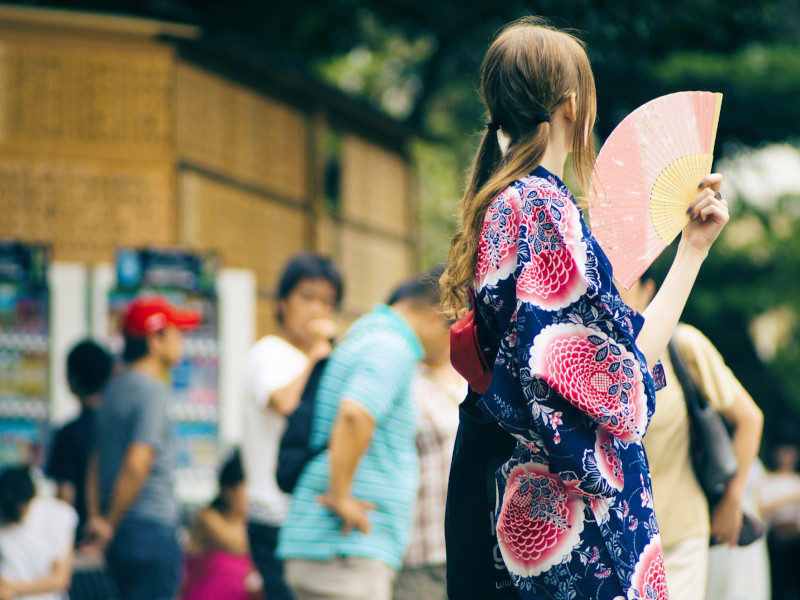
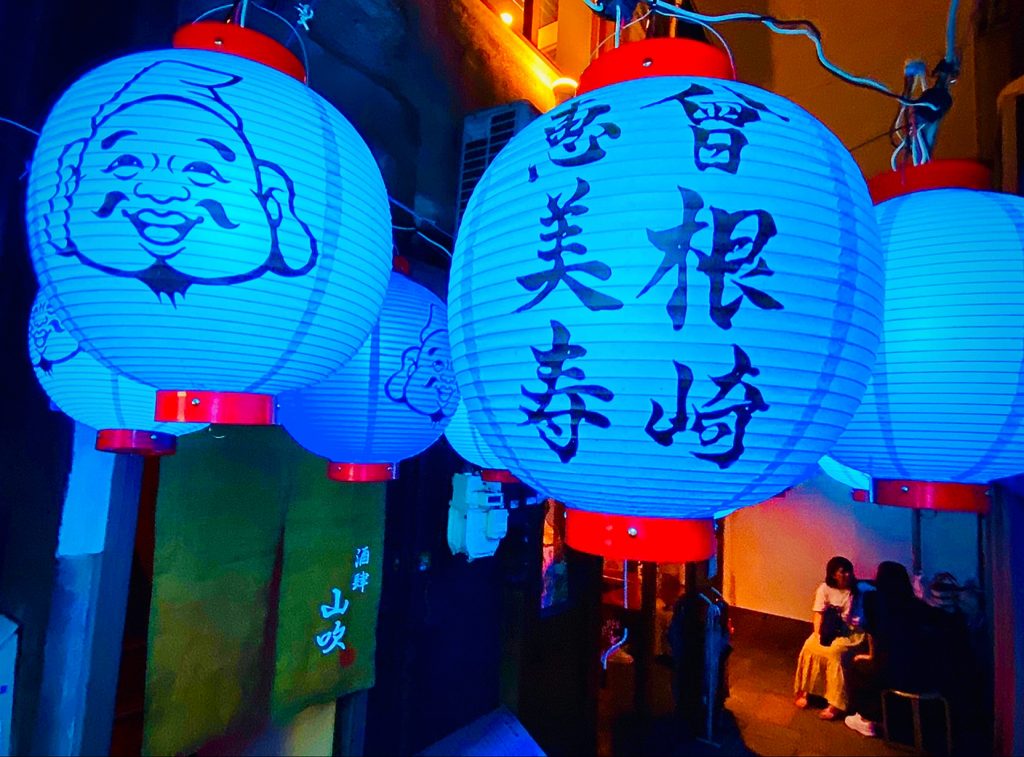
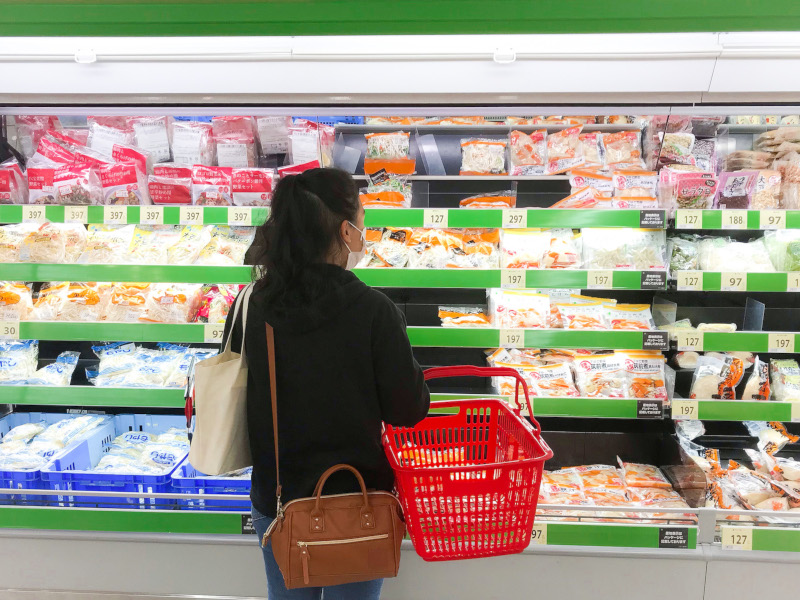
Maurice is an American model, teacher and actor who has been living in and out of Japan for the past 10 years. Currently based in Kawasaki, he has also lived in Yokohoma for a couple of years. A self-proclaimed history buff and lover of ramen.